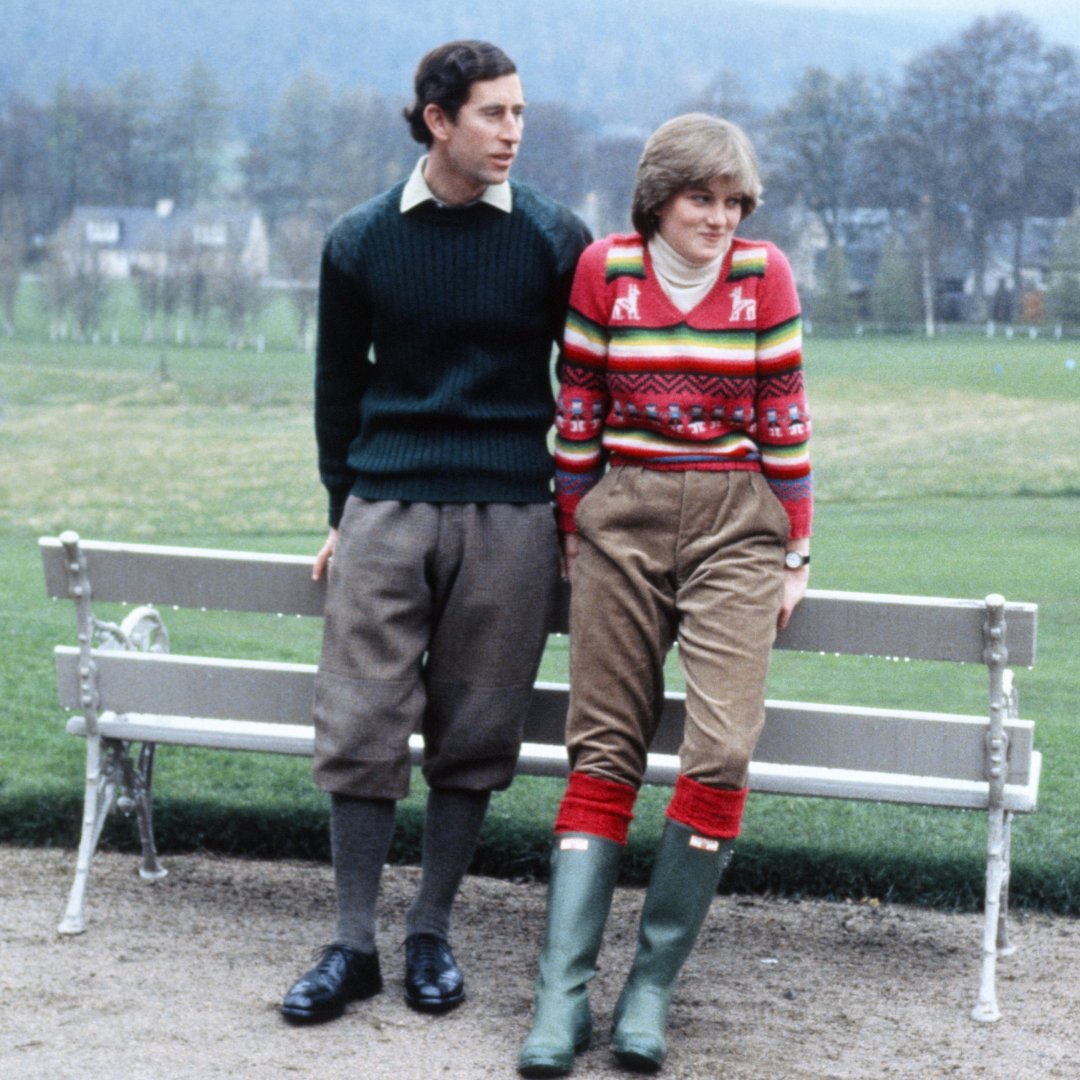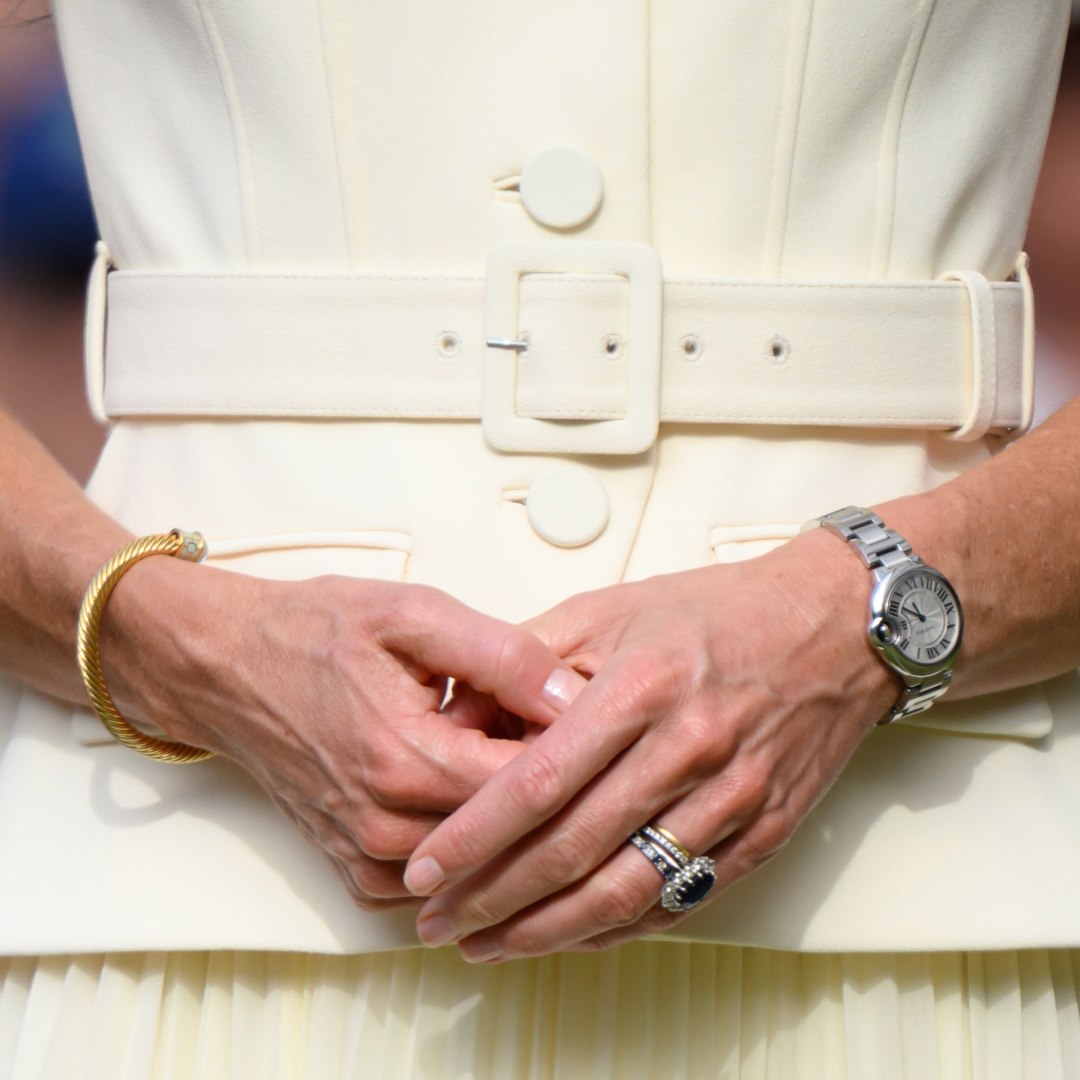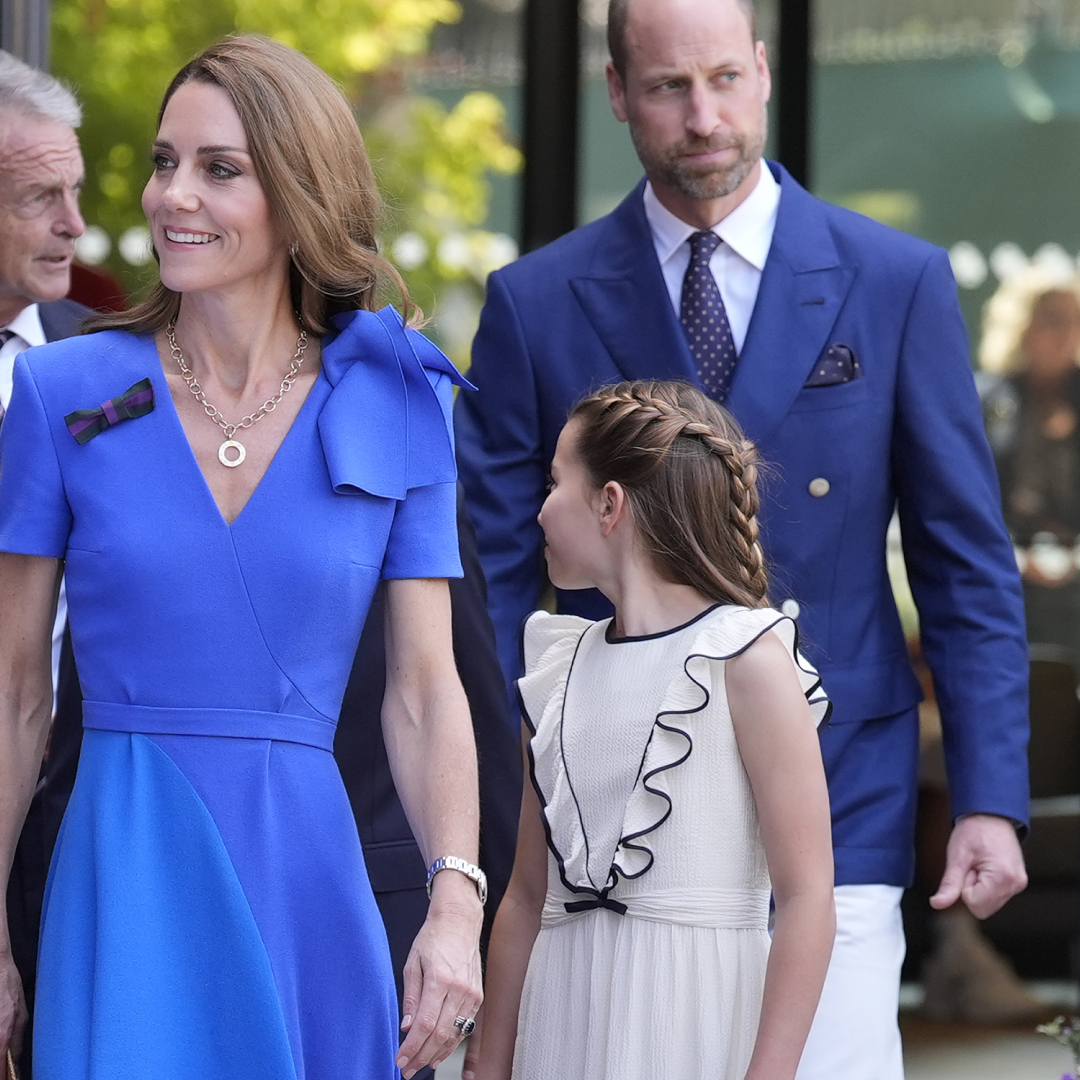Celebrity
All things celebrity, from royal family news and award show coverage to celebrity news updates.
Explore Celebrity
-
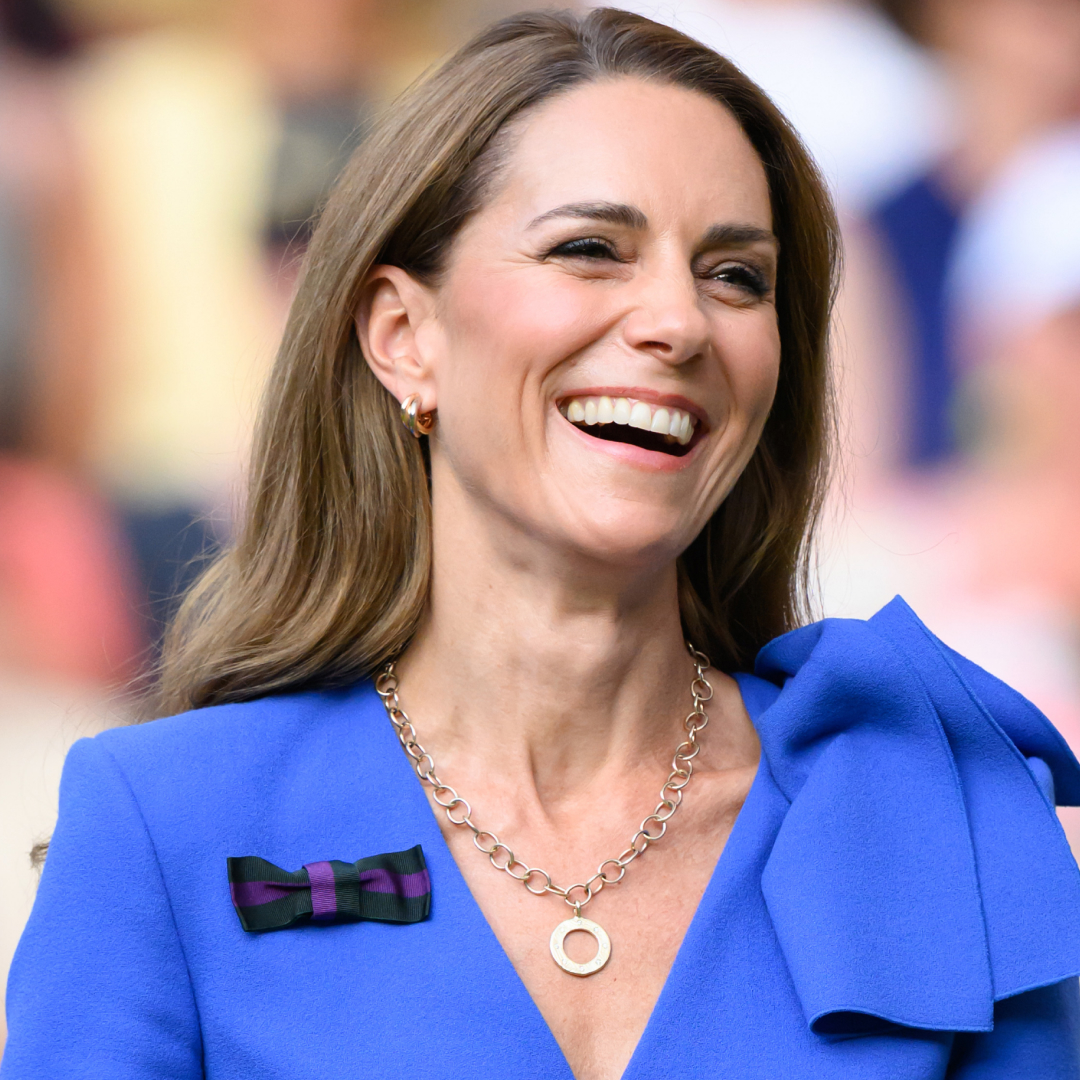
Shop 16 Royal-Approved Deals in the Nordstrom Anniversary Sale
And everything's under $500.
By Kristin Contino Published
-

Former Royal Staffers Reflect on How King Charles Will "Spoil" Queen Camilla on Her Birthday
The Queen turned 78 on July 17.
By Kristin Contino Published
-
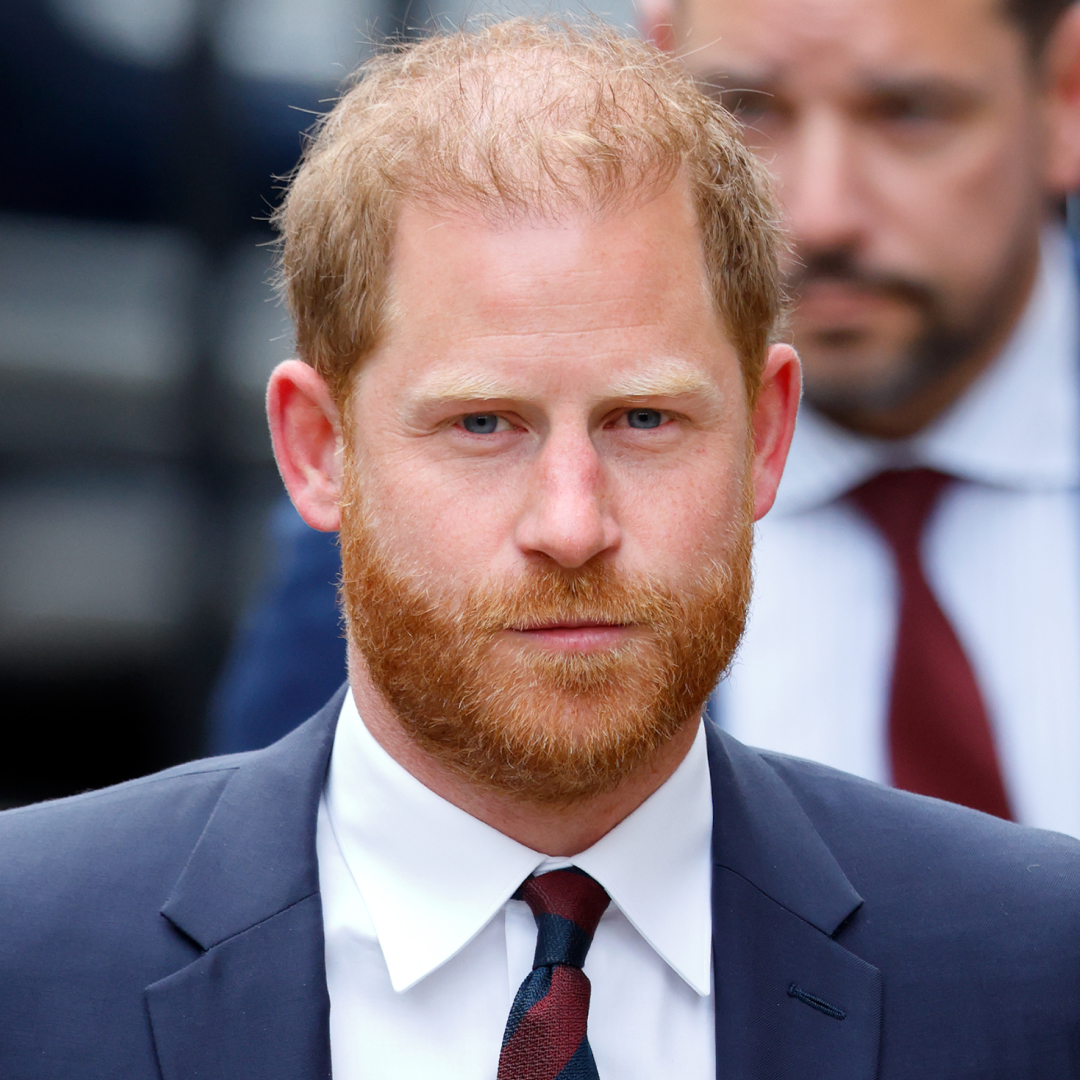
Belgian Princess Defends Prince Harry in New Interview
"I understand the guy."
By Kristin Contino Published
-
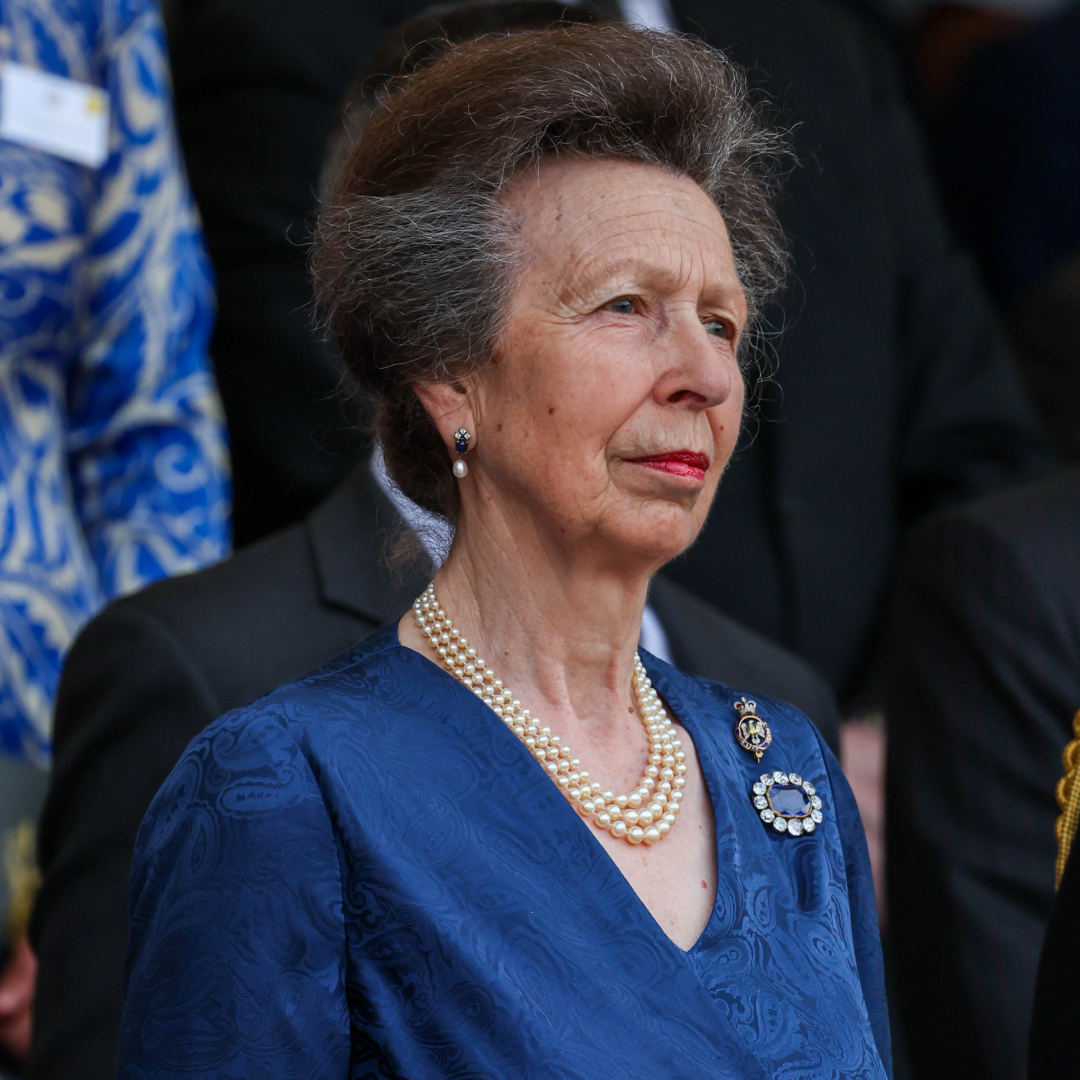
Princess Anne Channeled Kate Middleton's Engagement Look in Blue Wrap Dress
It's a true blue royal look.
By Kristin Contino Published
-
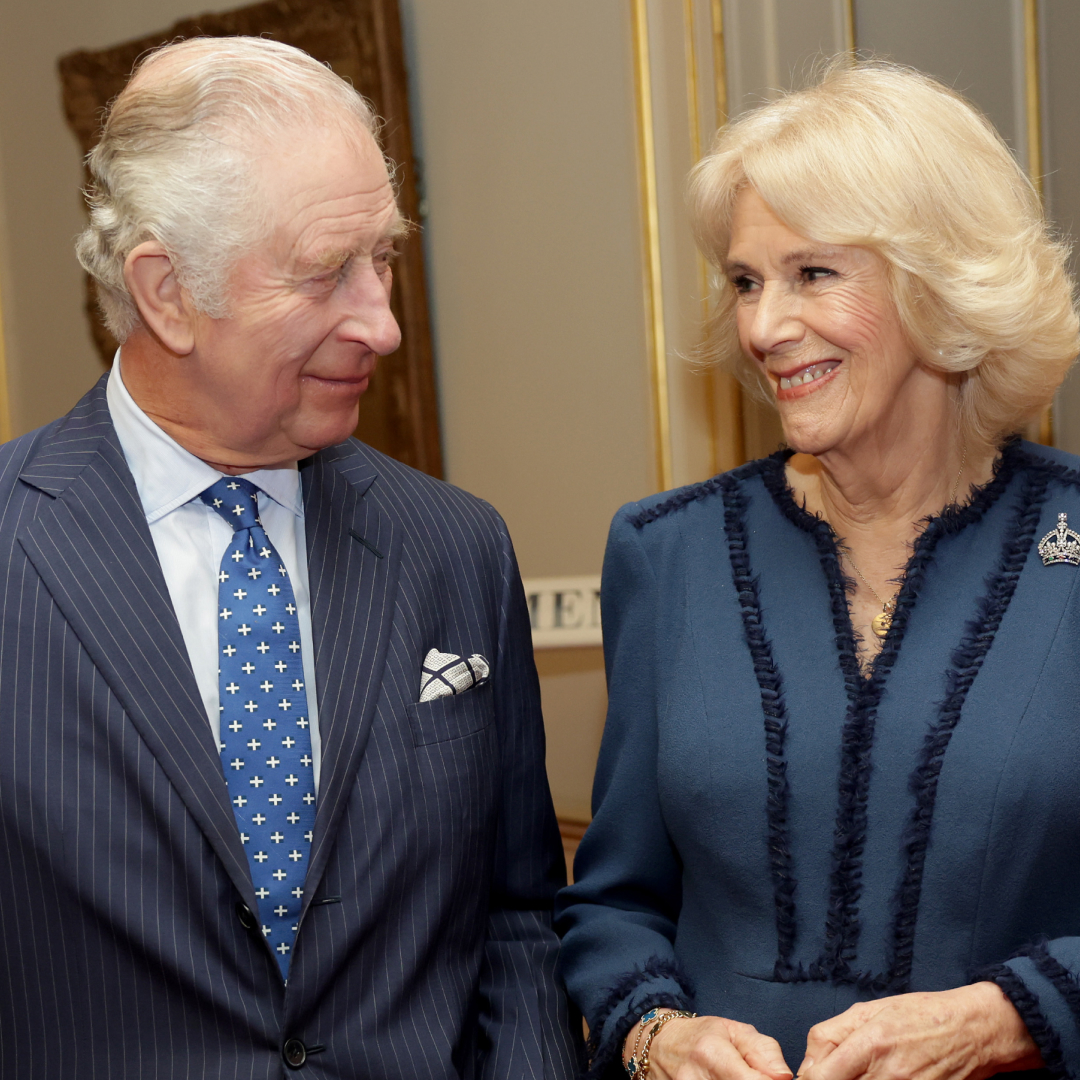
How Queen Camilla Has "Changed" King Charles "For the Better"
The King's former butler reflected on how The Queen has impacted her husband.
By Kristin Contino Published
-

Princess Beatrice and Edoardo Mapelli Mozzi Celebrate 5th Wedding Anniversary
Beatrice's husband shared a sweet tribute on Instagram.
By Kristin Contino Published
-

Prince Harry Recreates Princess Diana's Famous Landmine Walk in Angola
The Duke of Sussex is retracing his mother's footsteps.
By Kristin Contino Published
-

Exclusive: Princess Diana Thought Being at Balmoral Was Like "Living in a Victorian Court"
Diana's former butler, Paul Burrell, tells 'Marie Claire' the princess didn't "fit in."
By Kristin Contino Published
-
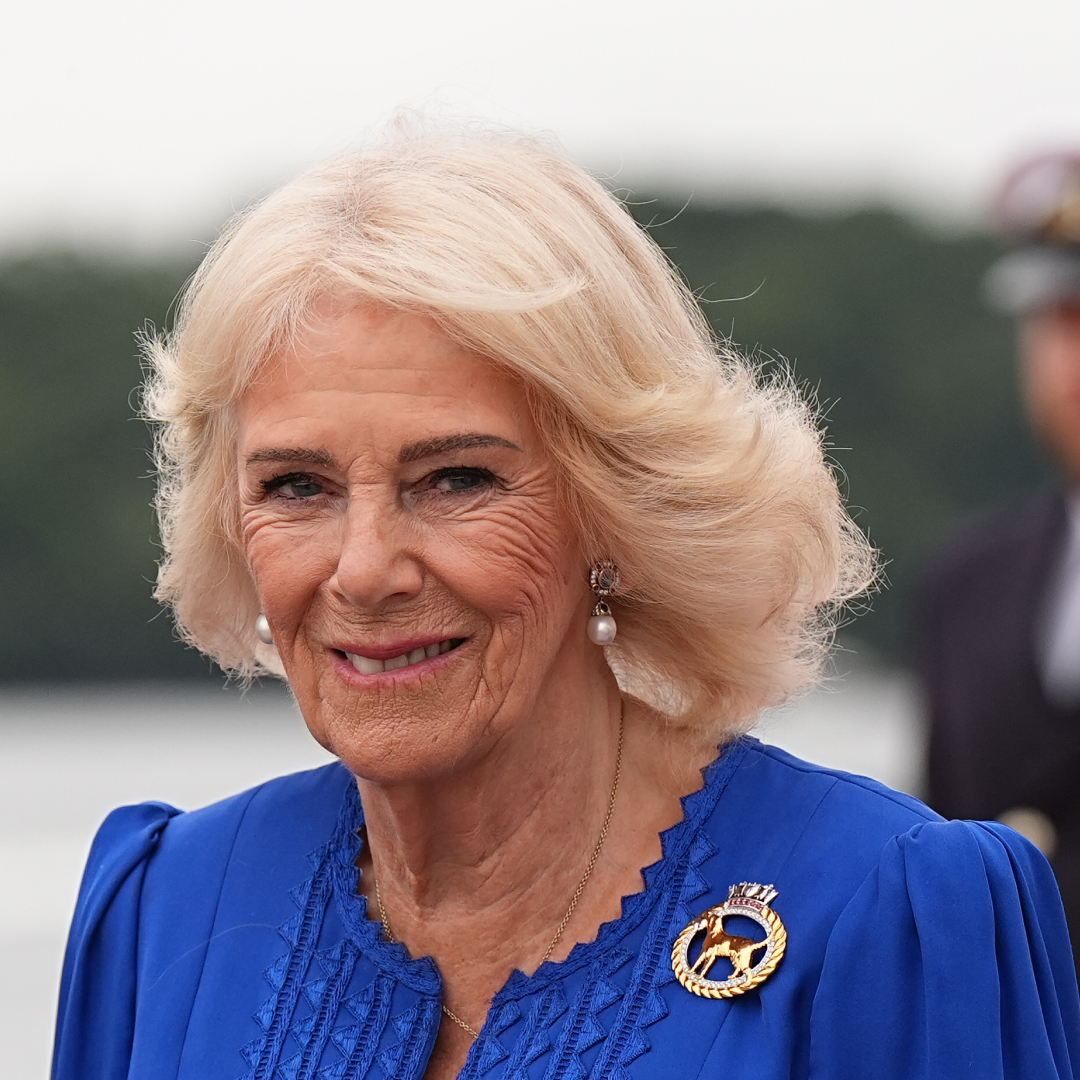
Queen Camila Is the First Member of the Royal Family to Receive Unprecedented Honor
She was given the new role ahead of her 78th birthday.
By Kristin Contino Published
-
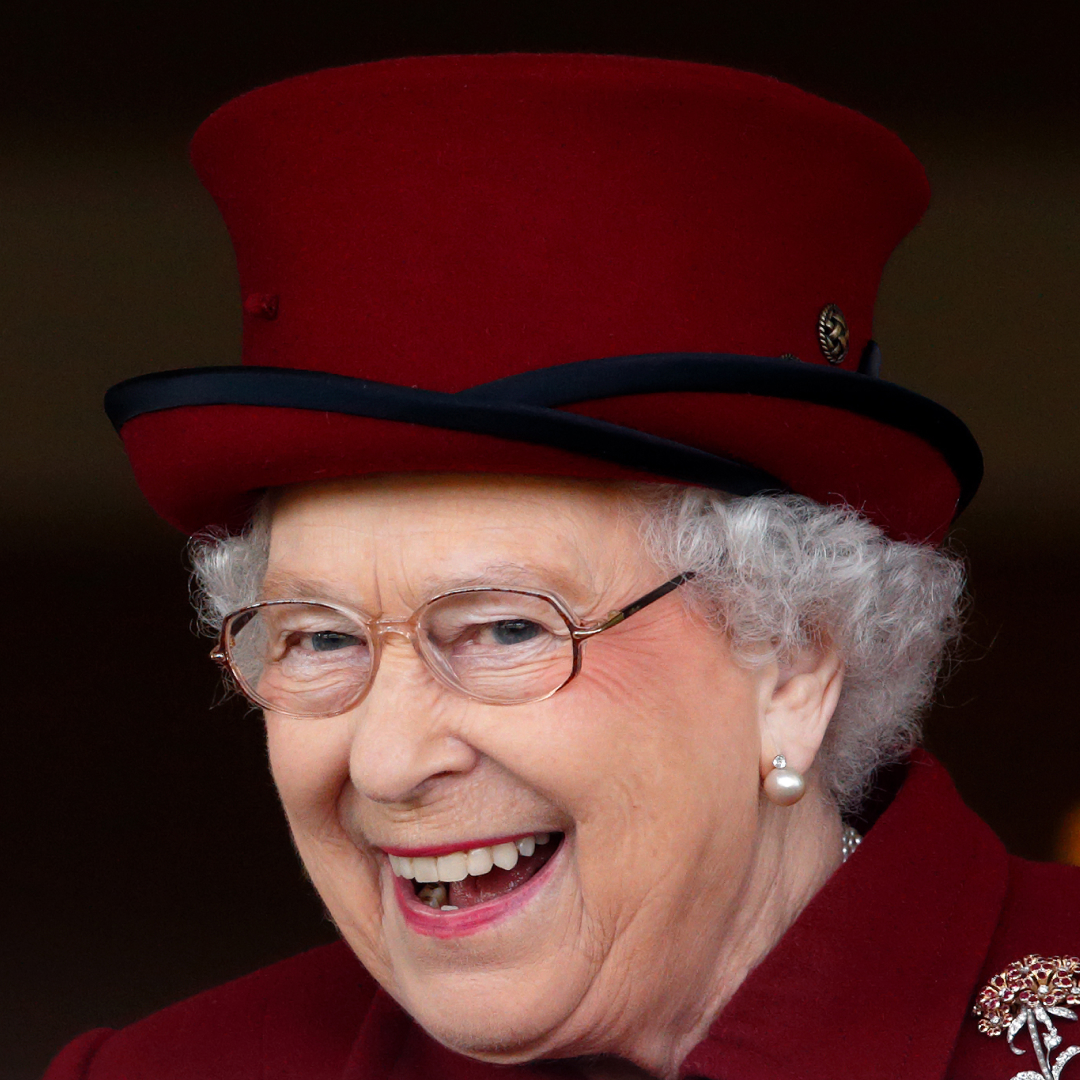
Queen Elizabeth's Grandkids Weren't "Off Limits" From Her "Amazing" Impersonations
If only someone had a recording.
By Kristin Contino Published
-
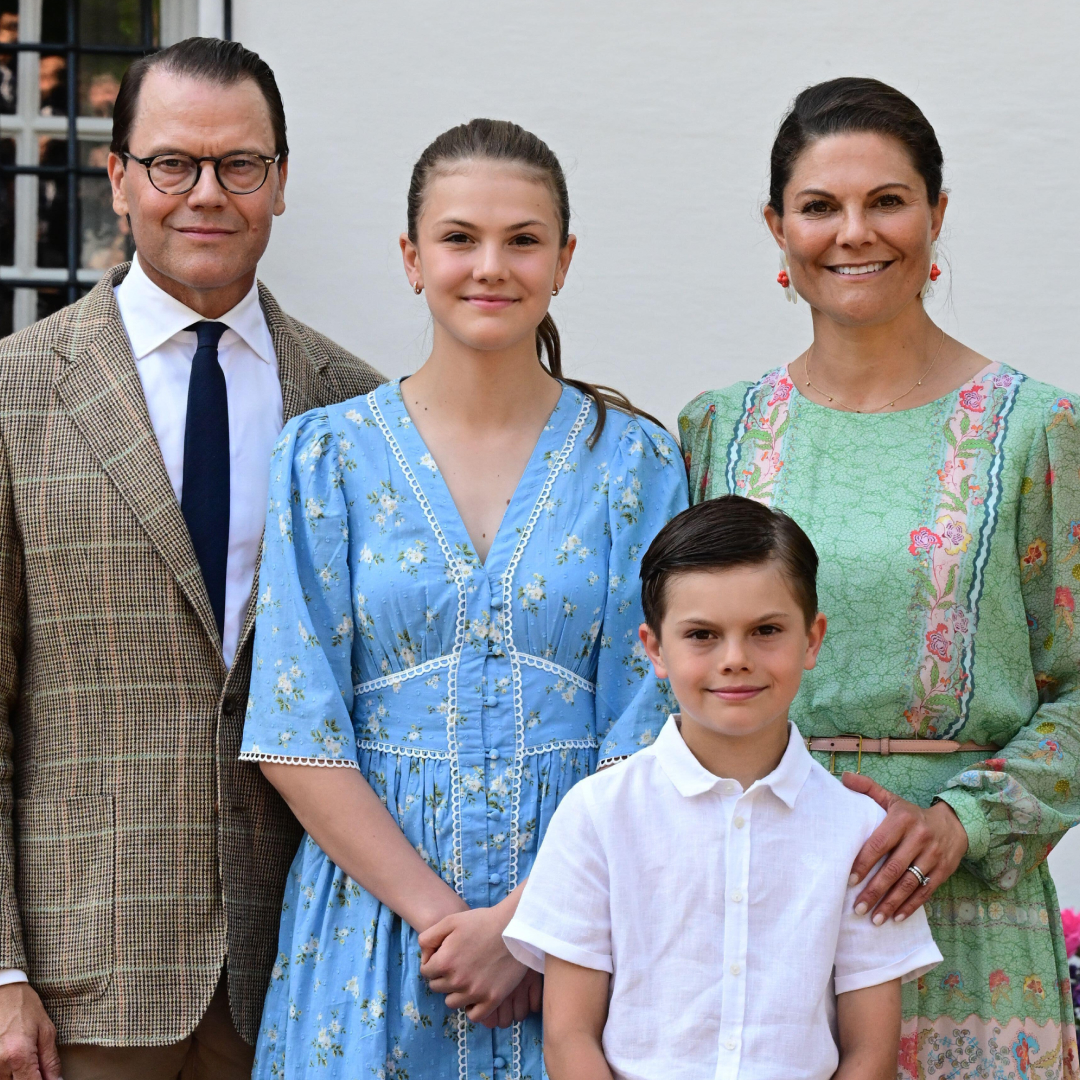
This 13-Year-Old Future Queen is Almost Taller Than Her Royal Parents in New Family Photos
Princess Estelle is all grown up.
By Kristin Contino Published
-
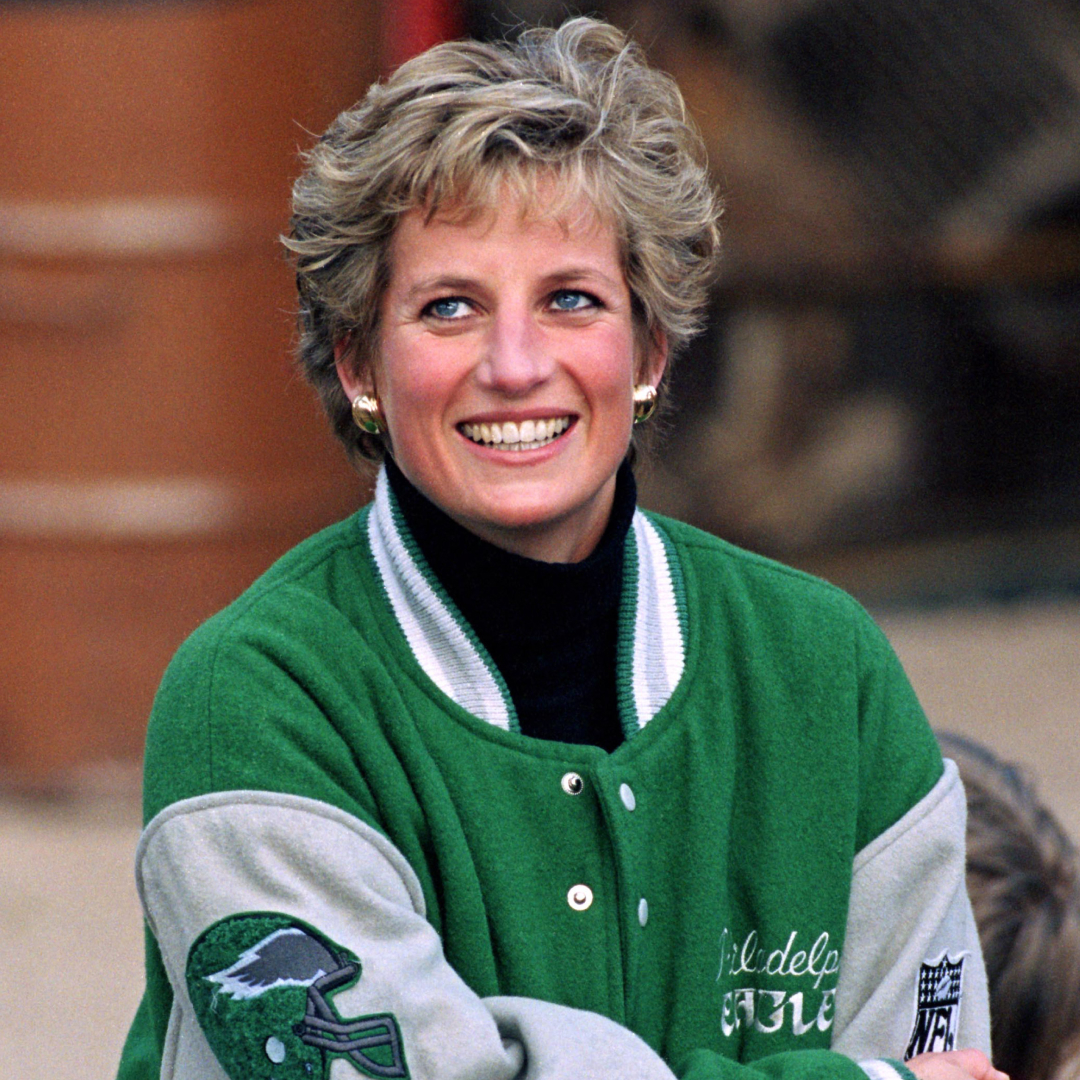
Princess Diana Was 20 Years Ahead of This Healthy Breakfast Trend
Former palace chef Darren McGrady revealed the secret behind Diana's favorite morning meal.
By Kristin Contino Published
-

Princess Diana's Former Butler Says She "Willingly Gave Up" Prince Harry and Prince William
Paul Burrell tells 'Marie Claire' that Diana "kind of lost" her kids as they got older.
By Kristin Contino Published
-
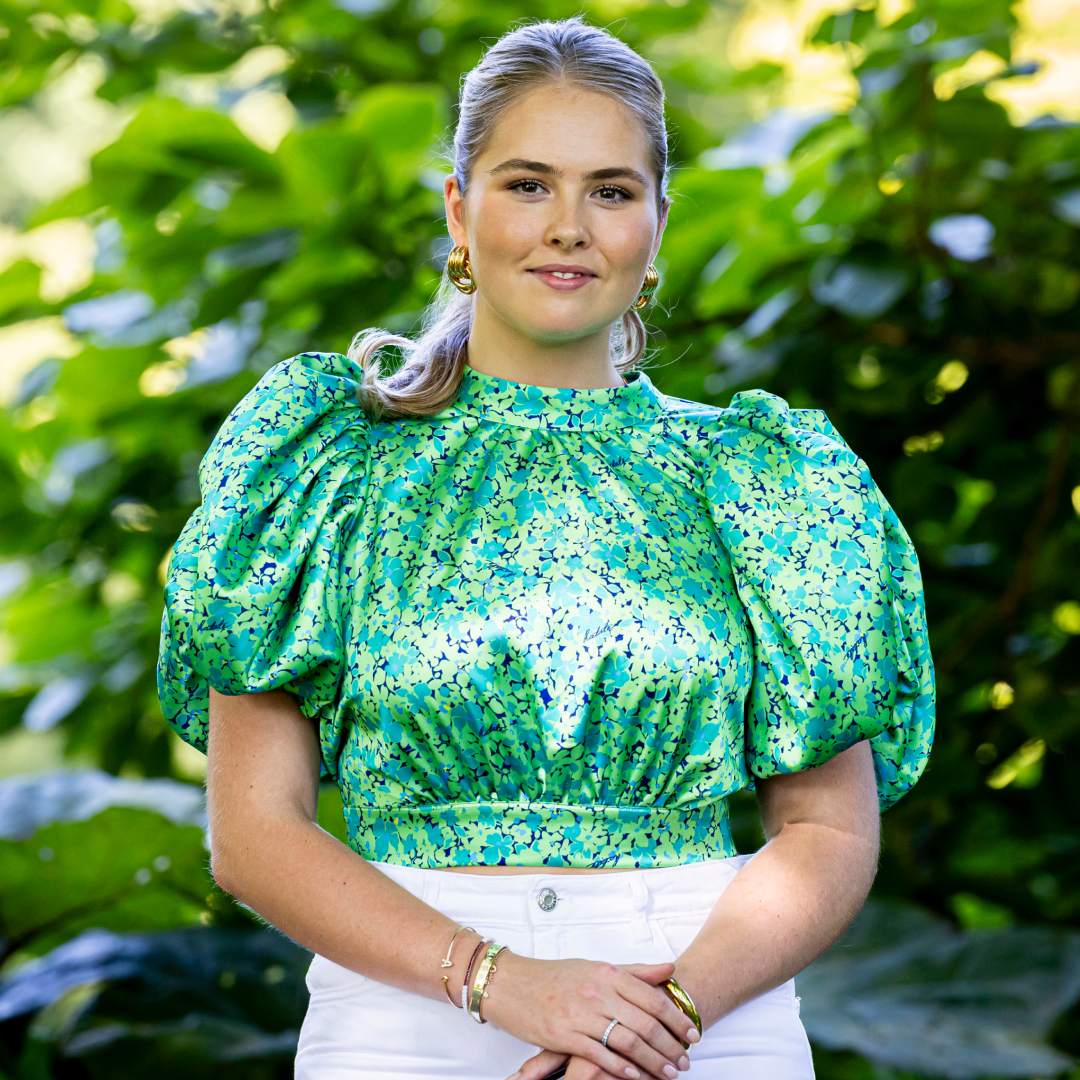
The Future Queen of the Netherlands Marks a Major Milestone With Three Generations Photo
Princess Catharina-Amalia is heading on a new journey.
By Kristin Contino Published
-

Princess Kate Will Be the "Icing on the Cake" of Donald Trump's State Visit, Per Royal Expert
The president and first lady are heading to Windsor Castle in September.
By Kristin Contino Published
-
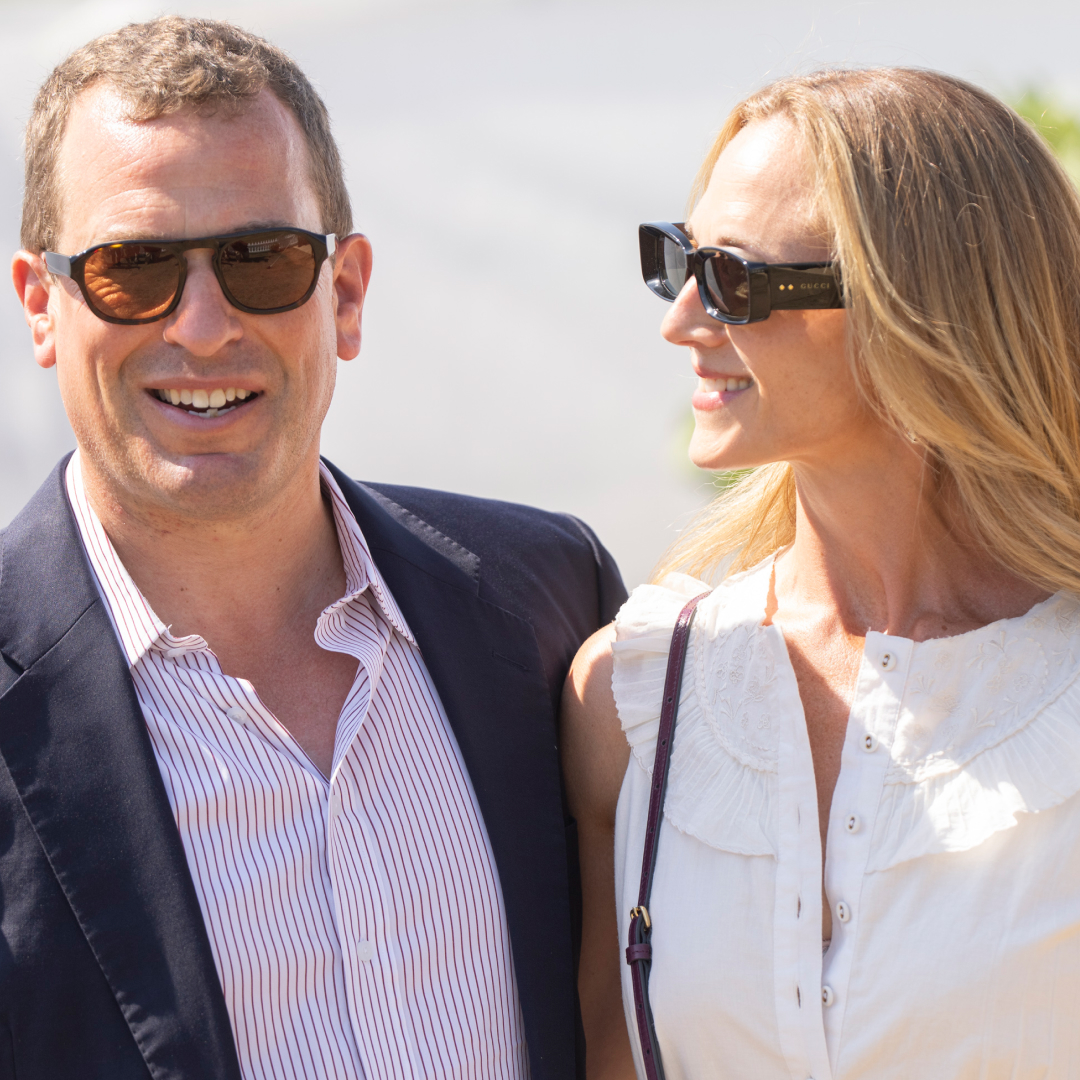
Royal Girlfriend Harriet Sperling Flies the Flag for St. Clair London
Peter Phillips's partner cheered Prince William on in a breezy summer dress.
By Kristin Contino Published
-
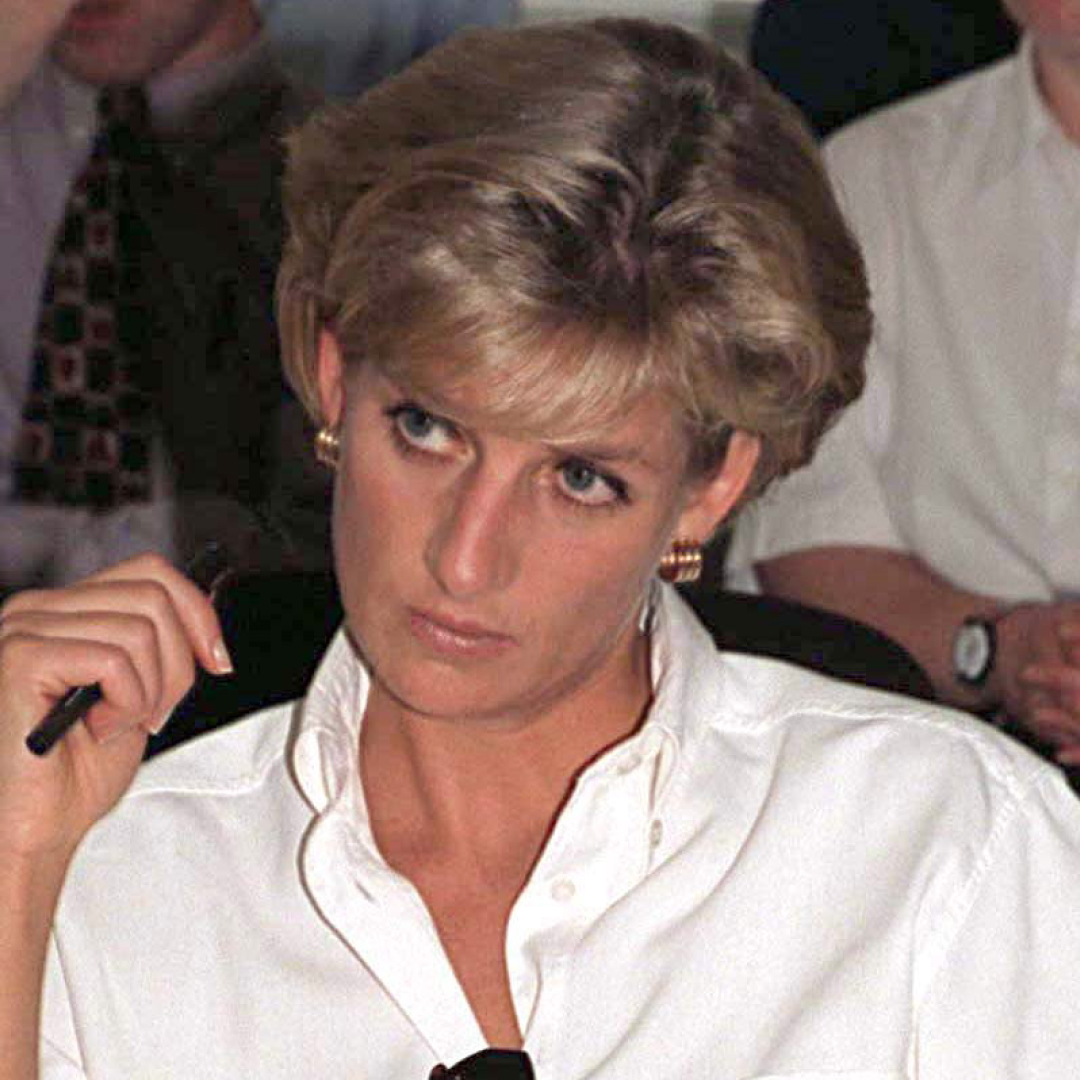
Princess Diana Believed She Was a "Possible Target"
She reportedly felt like she was in "constant danger."
By Amy Mackelden Published
-
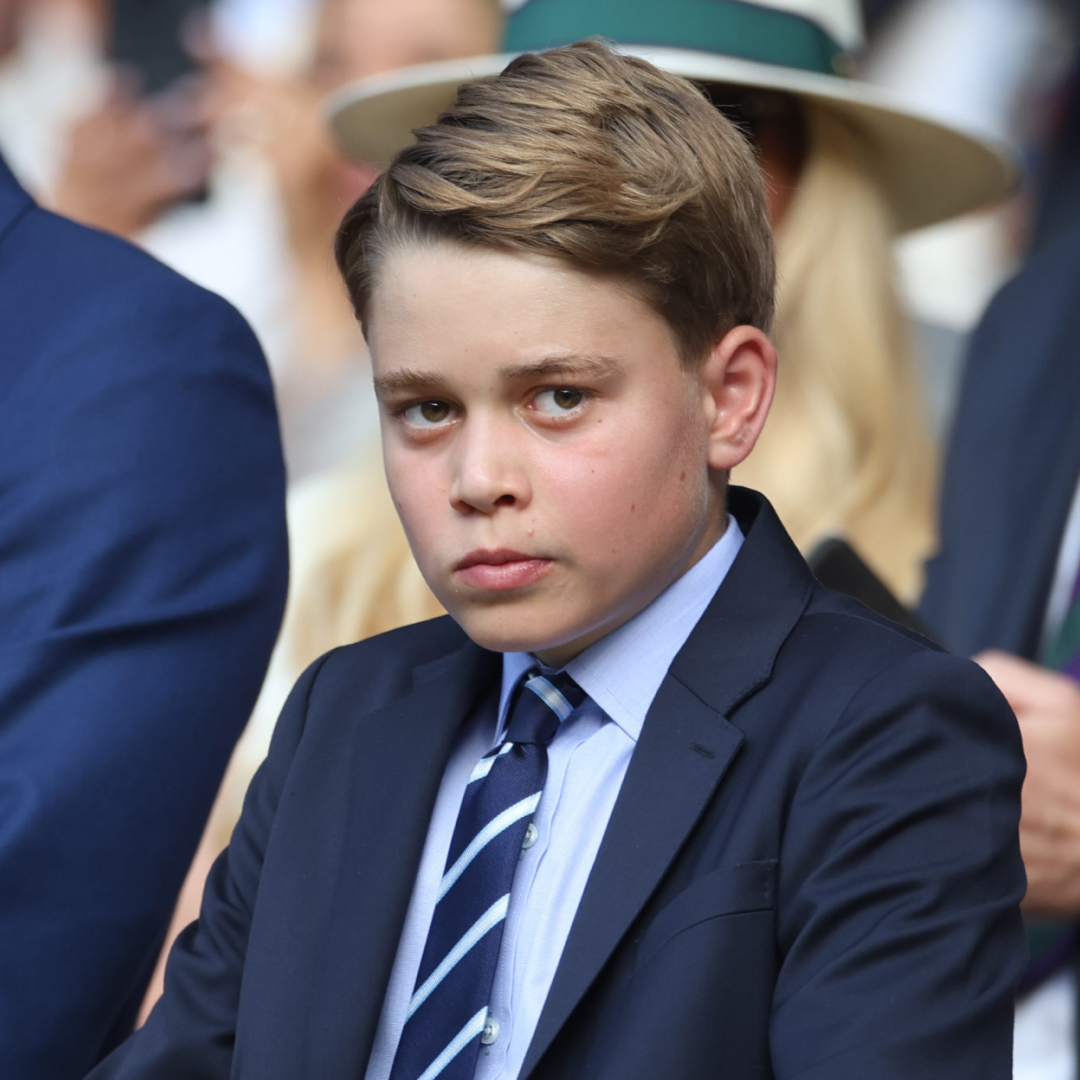
Prince George Set to Inherit a Jaw-Dropping 8 "New Titles"
Everything will change for the young royal when Prince William becomes king.
By Amy Mackelden Published
-

Prince George Gave a Two-Word Assessment of His Tennis Skills While Meeting Wimbledon Champs
A humble (future) king.
By Kristin Contino Published
-

Queen Camilla Debuts the Cutest Photo of Her Puppy Moley
"Whilst Moley was keeping cool at home, she wishes she could have been reunited with some of her old friends!"
By Amy Mackelden Published
-

Grace Kelly's Granddaughter Wears a Modern Version of Her Famous Gown
Princess Stéphanie's daughter paid tribute to the grandmother she never knew.
By Kristin Contino Published
-
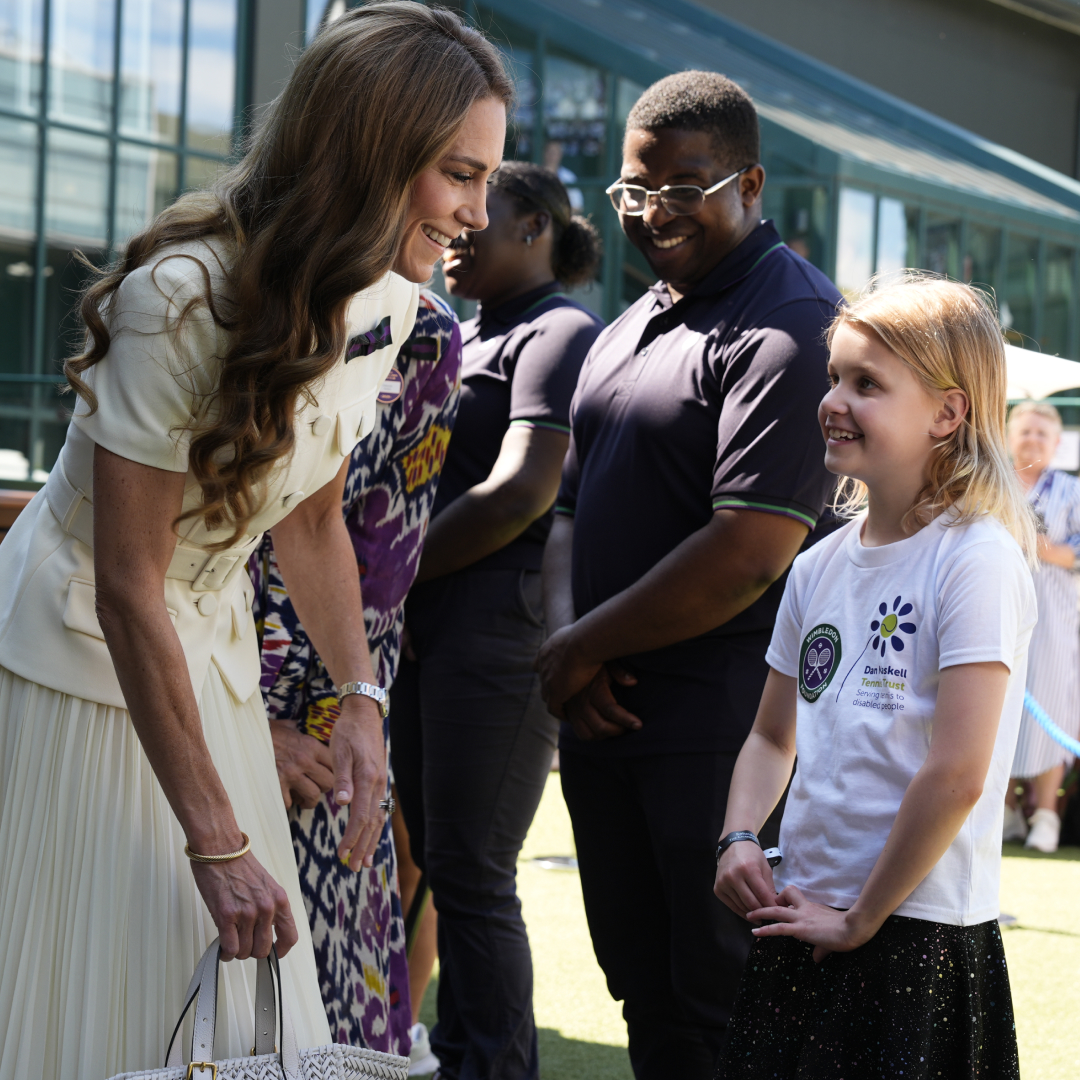
Why an 8-Year-Old Fan Told Kate Middleton Not to "Be Nervous"
"I've got to do the prize-giving."
By Amy Mackelden Published
-
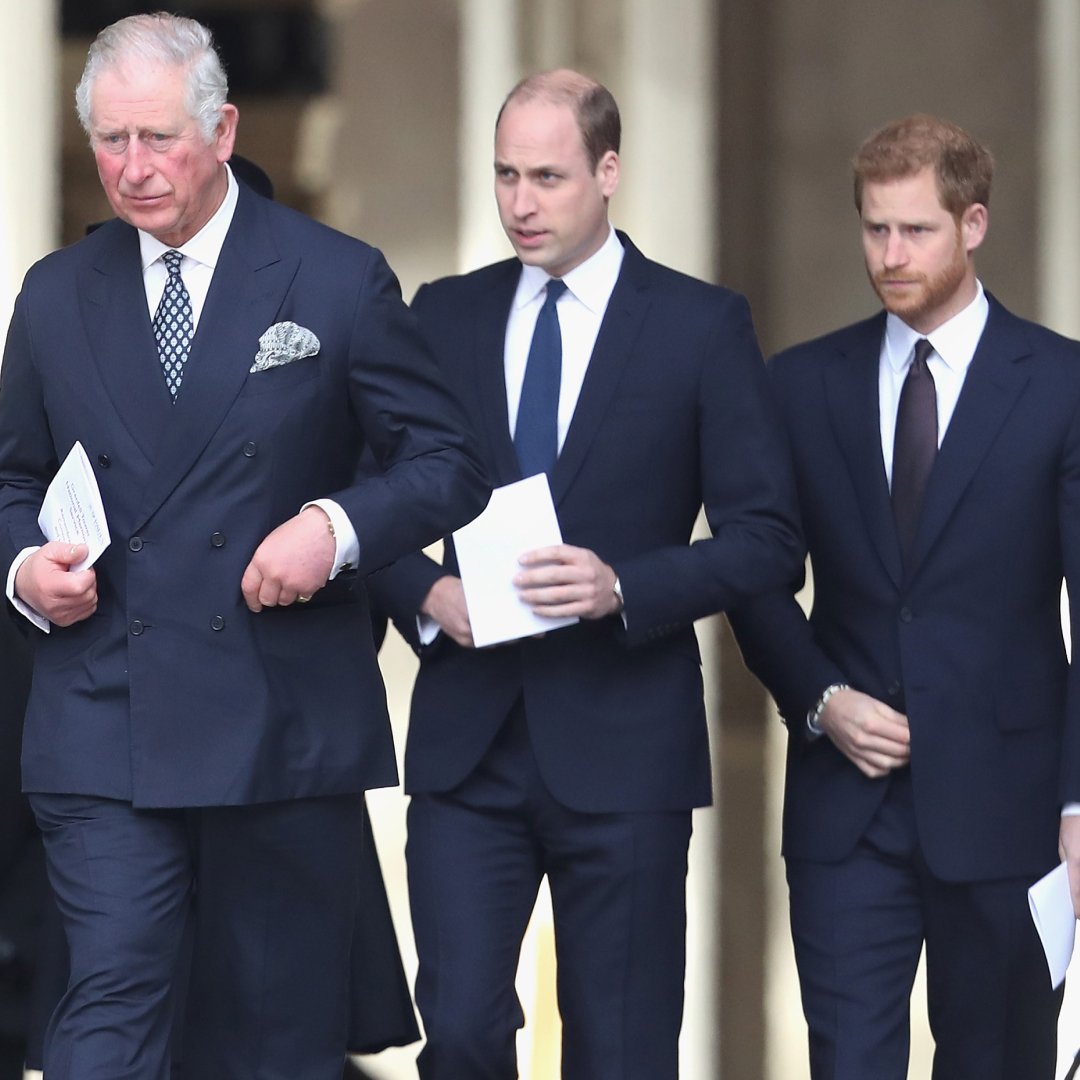
William "Absent" From Charles and Harry's "Peace Summit"
"William reading about the meeting in Sunday's papers will not go down well."
By Amy Mackelden Published
-
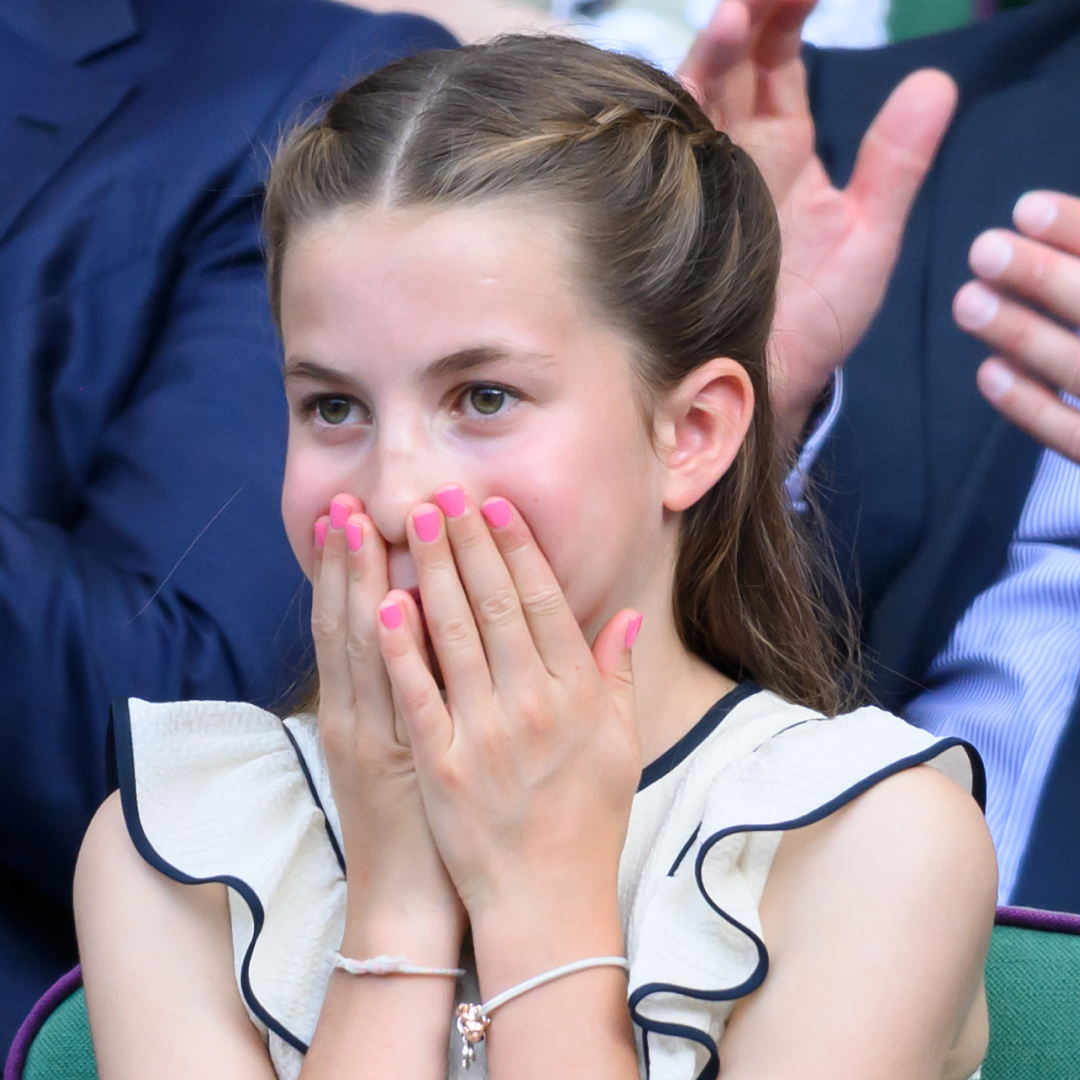
Princess Charlotte Is Following in Grandma Princess Diana's Fashion Footsteps With One Wimbledon Accessory
The 10-year-old is upping her fashion game.
By Kristin Contino Published
-
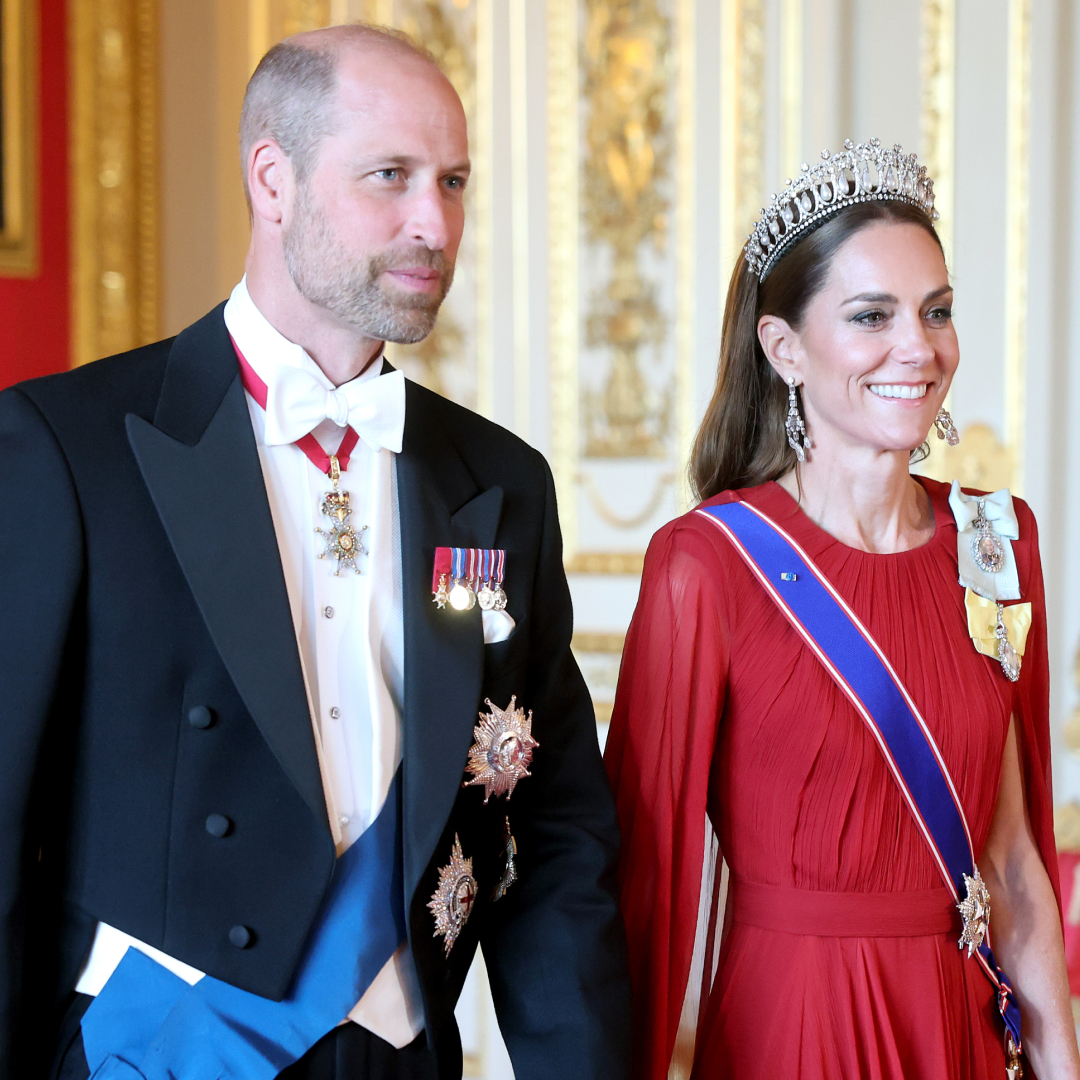
Princess Kate's Next Tiara Appearance Is Sooner Than You Probably Think as U.S. State Visit Is Confirmed
Get ready for another sparkling evening.
By Kristin Contino Published
-
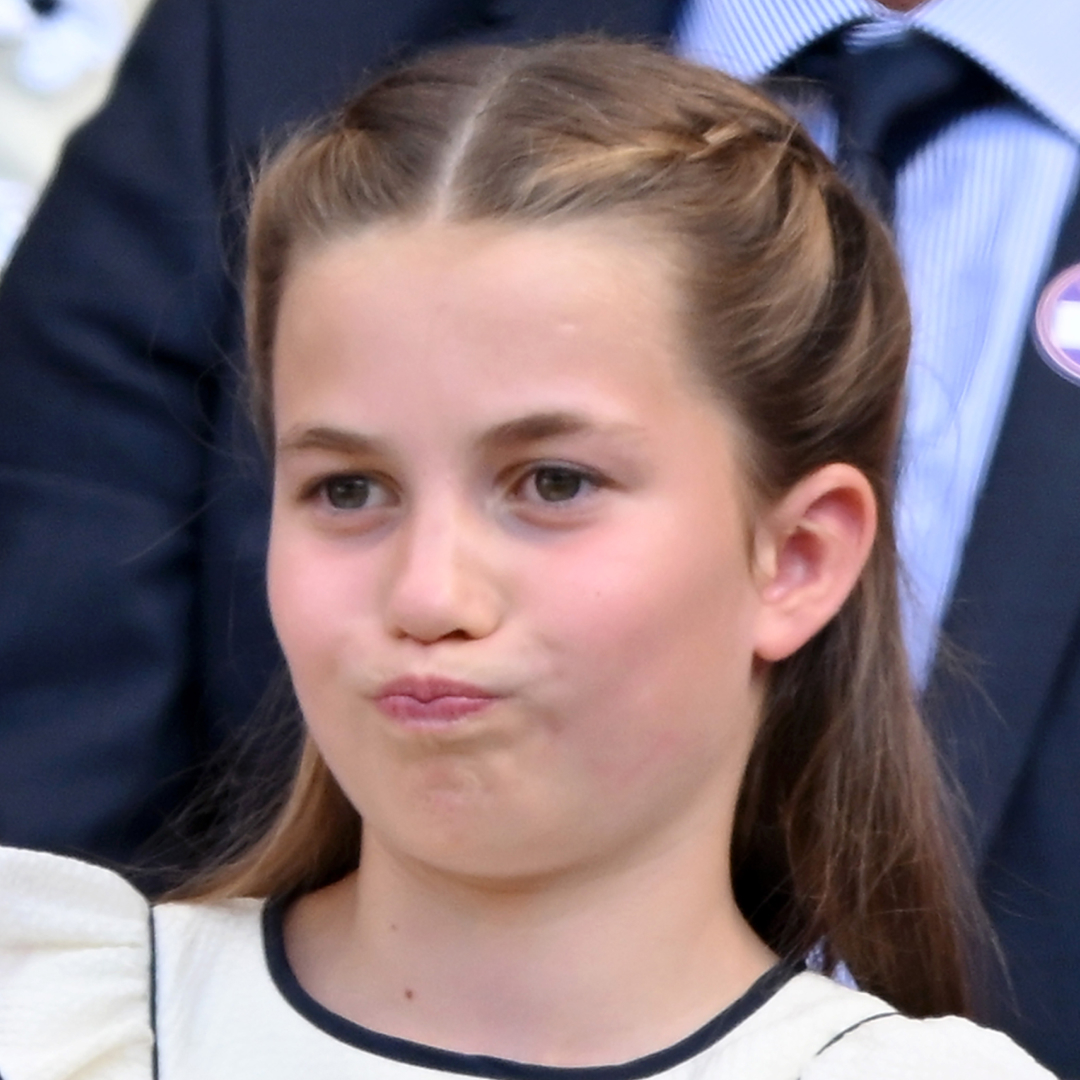
Princess Charlotte Had Some Hilarious Wimbledon Reactions
Prince Louis skipped the tennis tournament, which allowed his sister to steal the show.
By Amy Mackelden Published
